I am trying to match a gsm antena, doing it on a pcb, first time in practice. I understand the whole process to adapt it, I've done it in simulators. However, I don't understand the need for a pi matching network, since (theoretically) and LC circuit is enough, or a series and shunt capacitors. So why the extra component?
Plus, I understand even less the suggested pi matching network on the uC datasheet. It shows 2 shunt capacitors with a normally 0-ohm resistor in between. Aren't the capacitors redundant?
When working on a pcb which components should I prefer to do the matching? Are stubs a bad idea? I never see them referenced to do the matching.
I forgot to add: I'm going to do this with a vna, the configuration I have is the antenna pin from the uC directly connected to the matching network and then the antenna. Should I do this with the uC powered or turned off.
DataSheet: https://cdn-shop.adafruit.com/datasheets/sim800h_hardware_design_v1.00.pdf
Hope was clear enough,
Regards,
Pedro Lopes

